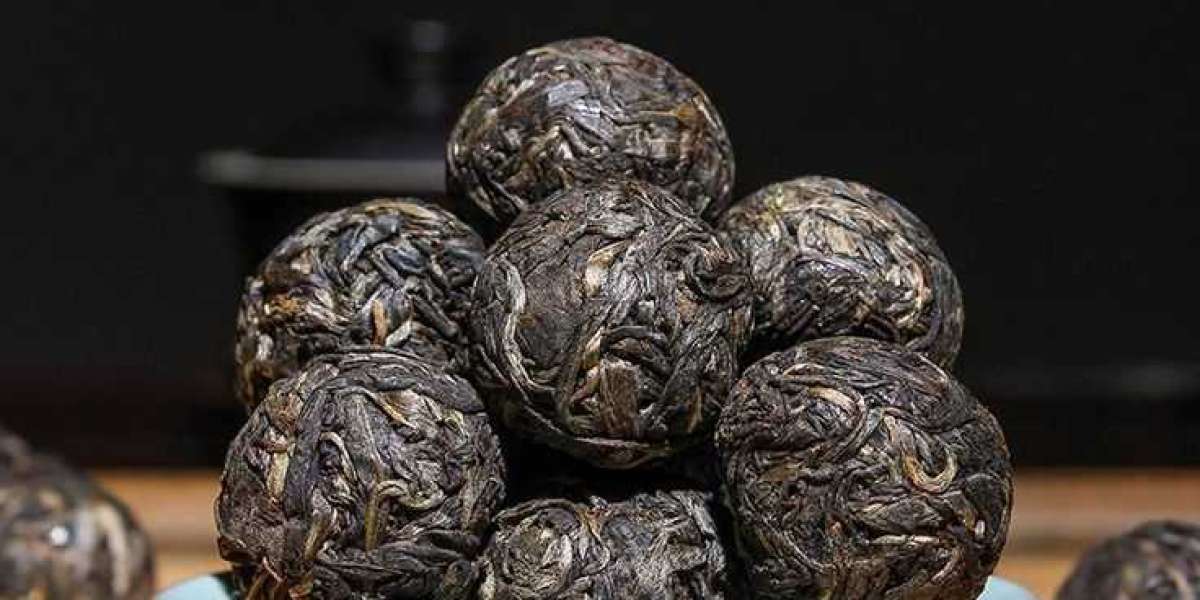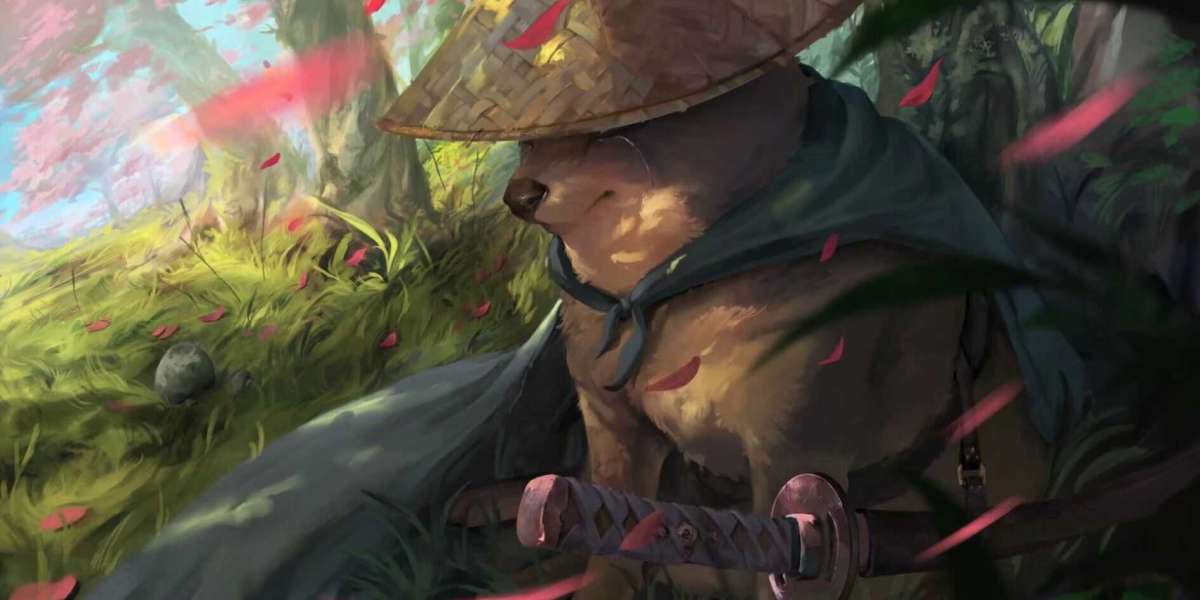In Chinese tea culture, drinking tea goes far beyond hydration—it’s a ritual of the senses. The true art of tea appreciation lies in the four essential elements known as "色、香、味、韵" (Color, Aroma, Taste, and Afterfeel). Together, these dimensions form the foundation of traditional tea evaluation and elevate a cup of tea into a cultural experience.
Let’s explore these four realms of tea appreciation:
☕ 1. 色 (Color): The First Impression
The appearance of the tea liquor is the first visual clue to its quality. Observing the color helps determine the freshness, oxidation level, and type of tea.
Green teas: Pale green or golden yellow when fresh and high-grade
Oolong teas: Range from light amber to rich orange
Black teas: Bright red or copper-toned
White teas: Light and silvery
Pu-erh (ripe): Deep red to dark brown
The clarity and brightness of the tea liquor reflect the precision of processing and storage. A cloudy or dull color often hints at inferior handling or aging.
? 2. 香 (Aroma): The Soul of Tea
The aroma carries the spirit of the tea. A fine tea will offer a complex, evolving scent, with layers that may include floral, fruity, nutty, smoky, or mineral notes.
To evaluate aroma:
Smell the dry leaves first
Inhale the aroma from the lid after steeping
Finally, enjoy the fragrance rising from the tea itself
High-grade teas will have a lingering and evolving fragrance, while low-quality ones may smell flat or artificial.
? 3. 味 (Taste): The Body of the Experience
Taste is the most direct and complex indicator of quality. A well-crafted tea presents balance—not too bitter, not too astringent, but smooth and layered.
Key taste notes to look for:
Sweetness (hui gan)
Umami or savory depth
Astringency (pleasant or harsh?)
Bitterness (brief or persistent?)
Top-tier teas deliver flavor changes over multiple infusions, telling a story with every sip.
? 4. 韵 (Afterfeel / Yun): The Spirit Left Behind
Perhaps the most poetic and elusive of all four elements, “韵” refers to the aftertaste or resonance that lingers in the mouth, throat, and body.
Does the tea leave a cooling, mint-like sensation in the throat?
Is there a returning sweetness (回甘, hui gan)?
Does the flavor return even after you swallow?
This afterfeel often defines the tea’s elegance and energy. True tea masters consider yun as a sign of vitality and craftsmanship.
? Final Thoughts
These four dimensions—Color, Aroma, Taste, and Afterfeel—offer a holistic way to appreciate tea as more than just a beverage. It’s an invitation to slow down, observe, and connect with centuries of tradition.
Ready to explore Chinese teas through all four senses?
? Visit us at: https://teateapot.com/blogs/chinesetea








